Thanks to those who enjoy life every day

The most used sweetener in Euskal Herria is sugar. It is extracted from sugar cane or beet, and although several varieties are made, the most common is white sugar. The raw material for obtaining this product is totally refined; finally, the sugar is pure sucrose.
Sucrose is a carbohydrate composed of two units: fructose and glucose. The main function of carbohydrates is to provide energy, so sugar is an energy product. Specifically, it has four kilocalories per gram, and since it provides nothing more, fiber, vitamins, or minerals, it is said that they are only calories.
However, this is not entirely true: in addition to calories, it gives a sweet and pleasant taste, and that is why it is used to enjoy food and drinks. In addition, it has many applications in pastry and food industry, and its flavor is always pleasant, even at high concentrations.
Honey, bee gift
But sugar has not always been used in Euskal Herria. Until the 14th century there was no sugar and then it was practically not used. XVII. Until the 20th century, for example, it is sold in medicines. What did they use then to enjoy? The answer is simple: honey.

Honey is a product produced by bees from flower nectars and the sweat of some plants. The main component is carbohydrates, especially fructose and glucose, but also contains sucrose, maltose, rafinous, isomaltose, erlosa... In addition, it contains water, with less than 20%, minerals such as potassium, calcium, iron, phosphorus, magnesium, manganese and copper, vitamins and enzymes.
The amount of vitamin in honey is not high, but unlike other foods, they last long, they are not easily lost over time. The most outstanding are the vitamins of group A, C, D, E and B. Moreover, enzymes are an important component of honey, but disappear by some treatments, even over time. Therefore, in the laboratory they can easily calculate the amount of enzymes that honey has.
Thanks to these ingredients, honey has a wide variety of valuable qualities. People have always used food to enjoy them, but also to cure and preserve them. The first signs that the man collected honey are in a cave in the Valencian town of Bicorp.
In the cave called Armiarma, in the fragility of a wall, appears a man with the bees around him and climbed in a kind of three-string staircase, collecting honey from the honeycomb. It would not have been an easy gift in those times!
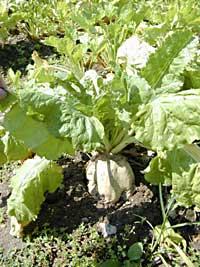
Today it is still appreciated, but it is not at all the most consumed joy. However, for some there is nothing better than honey. In fact, in addition to having a sweet taste, it has some acidity, which makes it special. In addition, honey bees have collected nectar from the flower or plant, the taste varies greatly from one honey to another. There is also the possibility to enjoy.
Other condiments
Both sugar and honey are excellent condiments, but lately the consumption of both is decreasing in developed countries. Why? Fear of fattening. As a result, more and more calorie-free condiments are being used to enjoy food and drinks.
There are many exquisite without calories. Some are natural and are obtained from food. The clearest example is fruit and vegetable fructose. Lactose and galactose are extracted from milk. Honey is also part of the natural seasoning group.
On the other hand, from glucose or sucrose are obtained low-energy alcohols: sorbitol, mannitol, xylitol... They are common in chewing gum and low-calorie drinks, as they do not produce cavities. They are also widely used in foods that are prepared for diabetics, so their absorption is very slow, so their incidence in blood glucose levels is lower.
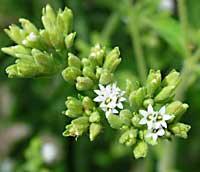
However, alchemists working in the food industry have gone further and invented powerful condiments that have nothing to do with sugars or carbohydrates. Saccharin, acesulfame, cyclamate, aspartame... are effective artificial delicacies. They are between 50 and 500 times sweeter than sucrose and also do not provide calories because they are not metabolized.
Artificial sweets are so sweet that just add some food or drink to give it a sweet taste. Therefore, its incidence in health is not significant. However, the dose-limiting rules are extremely strict, as if consumed a lot they cause negative side effects.
Since consumers generally prefer natural additives, researchers continue to look in nature, and in recent years a seasoning from a plant, stevi, has reaped remarkable success. Stevia rebaudiana leaves the plant and is much sweeter than sugar.
The plant, which grows in Paraguay and Brazil, has been used by the Indians of the area since always to enjoy matte leaves and others. In fact, the leaves are 30 times sweeter than sugar and the vegetable extract is even sweeter: 200-300 times sweeter. In the European Union it is still not allowed, but in Japan, for example, 40% of the condiments they use are stevis. It seems that the fondness for sweet is universal.
Sugar and obesity

It is true that sugar fattens. Each gram of sugar contains 4 kilocalories that go directly to the blood. Therefore, the body can take advantage of the energy of sugar when consumed. However, if at that time it does not need energy, it accumulates, it reserves. If we consume more sugars and continue without spending any energy, the reserve increases. Final conclusion: obesity or obesity.
On the other hand, carbohydrates provide the same energy as sugars, while fats and oils provide more calories per gram: 9 kilocalories.
Therefore, it is very difficult to lose weight or not to gain weight just by not adding sugar to coffee. How many kilocalories does a small tablespoon of sugar have? Not much and burn easily. The balance of kilocalorie that is ingested and burned throughout the day, in addition to sugar, makes that finally there is an excess of kilocalories, so its storage in the form of fat or, on the contrary, that it is not enough to meet energy needs and that then fat reserves are used to obtain energy.
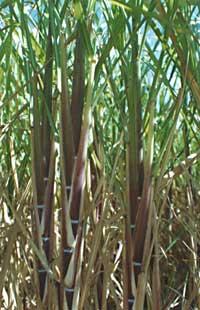
However, there are other factors, and researchers, as they become aware of them, are conducting studies on how they influence. For example, studies show that compared to calorie-free condiments, sugar eliminates the urge to eat, increasing the feeling of satiety. However, not all researchers agree and studies show the opposite. These studies show that sweet foods or drinks arouse appetite.
Obesity is a serious and complex problem, and it is clear that you can not solve just one element. Sugar is not the only culprit and the problem does not go away by replacing sugar with calorie-free condiments. If it were so easy…
Types of honey
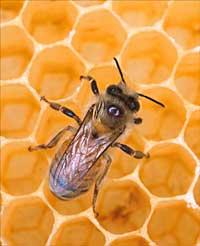
Depending on the flower of the bee that has taken the nectar or the plant that has sweated, there are several types of honey. Some examples are:
- Acacia: Amber color, with density of syrup and taste and smell soft and fine.
- Orange blossom: It is light amber, with a characteristic aroma and soft taste.
- Heather: It is viscous and quite dark in color. The smell looks like the sandalon and the taste is pungent but soft.
- Lavender: It is soft and amber. It has a very fine flavor and aroma.
- Thyme: Grayish white or yellowish, with a marked flavor.
- Tilo: The color goes from green to black, has a characteristic flavor and is viscous.
- Romero: Its color is very clear, white or light amber. It is aromatic and mild flavor.
- Eucalyptus: The color goes from ochre to dark amber. It stands out for its taste and smell, and for its refreshing characteristics.
Fruits: as sweet as fresh
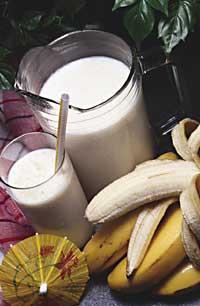
Pineapple, grapes, banana, cherry, peach... are delicious! This sweetness is due to a simple carbohydrate, fructose. But fruits have no monopoly on fructose at all. Refined sugar is purely sucrose and one of the two sucrose units is fructose. Honey is also rich in fructose and many vegetables and tubers.
Compared to sucrose, fructose is very sweet, so if you eat with fructose you need less amount than if you use sucrose. Therefore, although like sucrose has four kilocalories per gram, it is used in slimming diets. But it is mostly used by diabetics, as it does not raise blood glucose levels.
However, it is not advisable to abuse, since otherwise there is a risk that triglyceride levels in the blood increase too much. On the other hand, some people suffer from hereditary intolerance to fructose and fructose harms them very much.
White or black sugar?
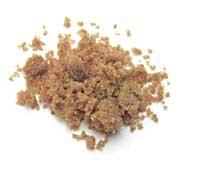
The perception that black sugar is healthier than white is widespread. However, half is also believed in this. It cannot be denied that it contains more vitamins, minerals and amino acids than refined white sugar, but its amounts are so small that there are hardly any differences. Therefore, as for its incidence in health, it is indifferent to choose one or the other.
Published in D2 section of Deia.
Buletina
Bidali zure helbide elektronikoa eta jaso asteroko buletina zure sarrera-ontzian











